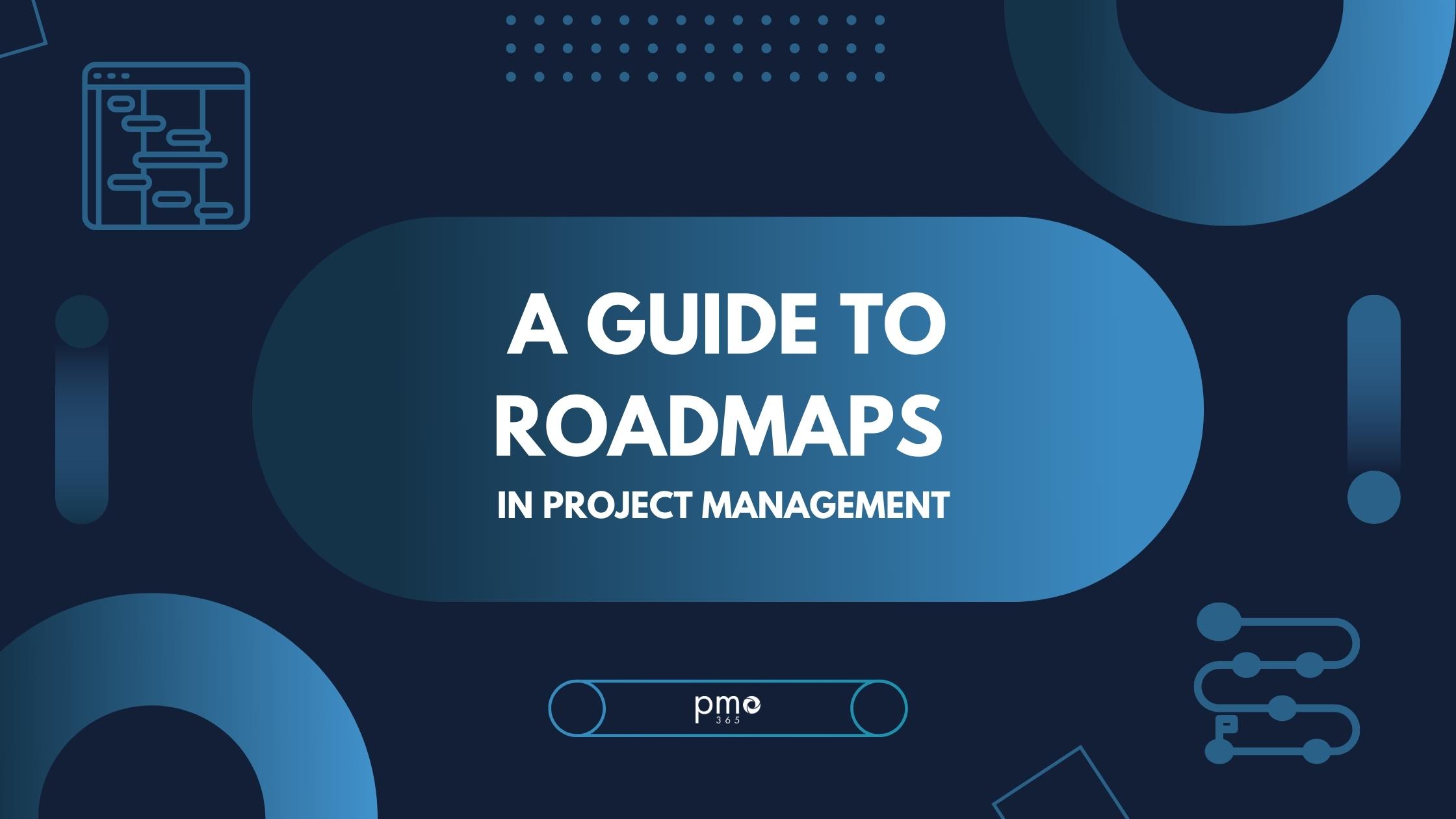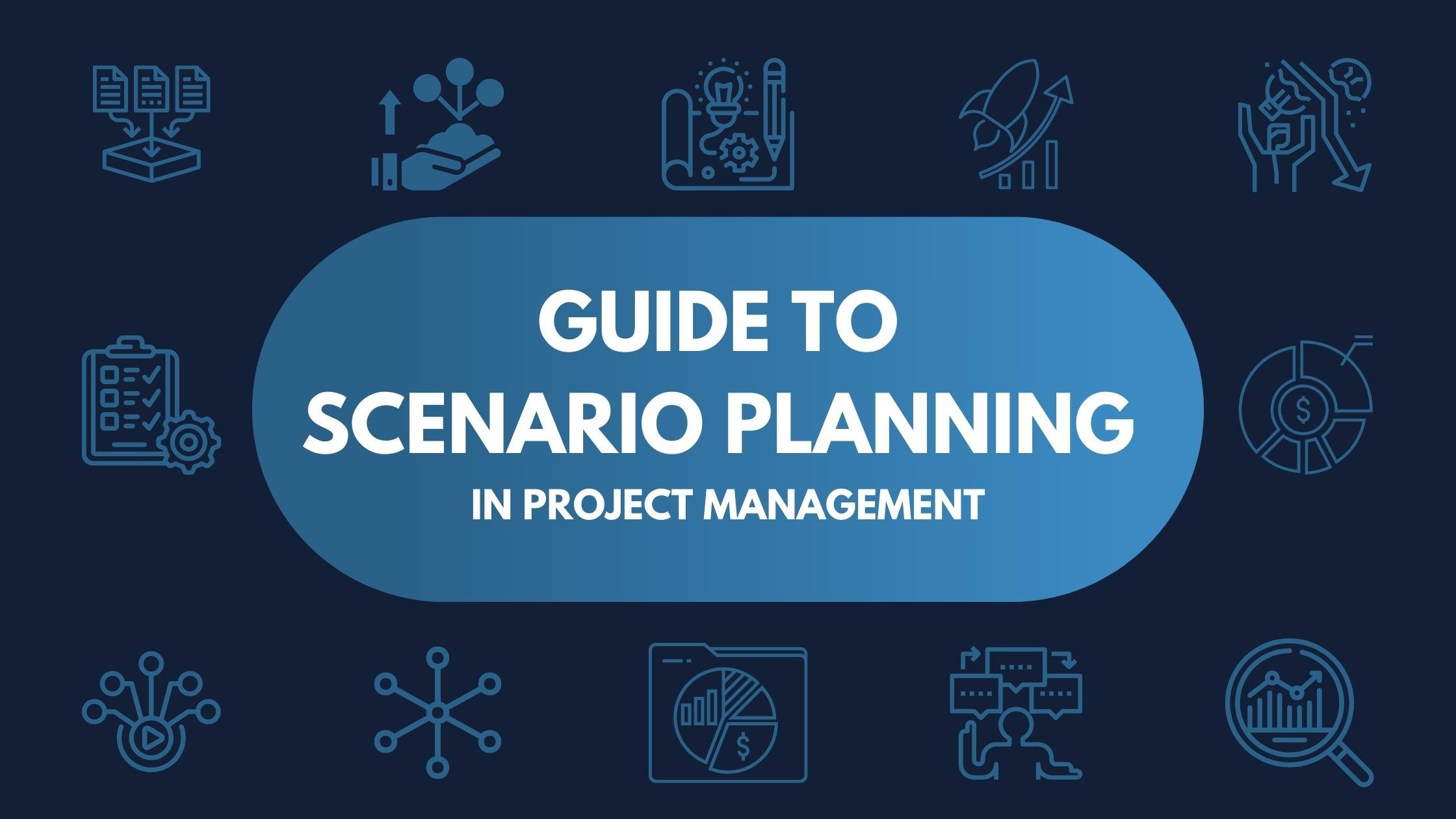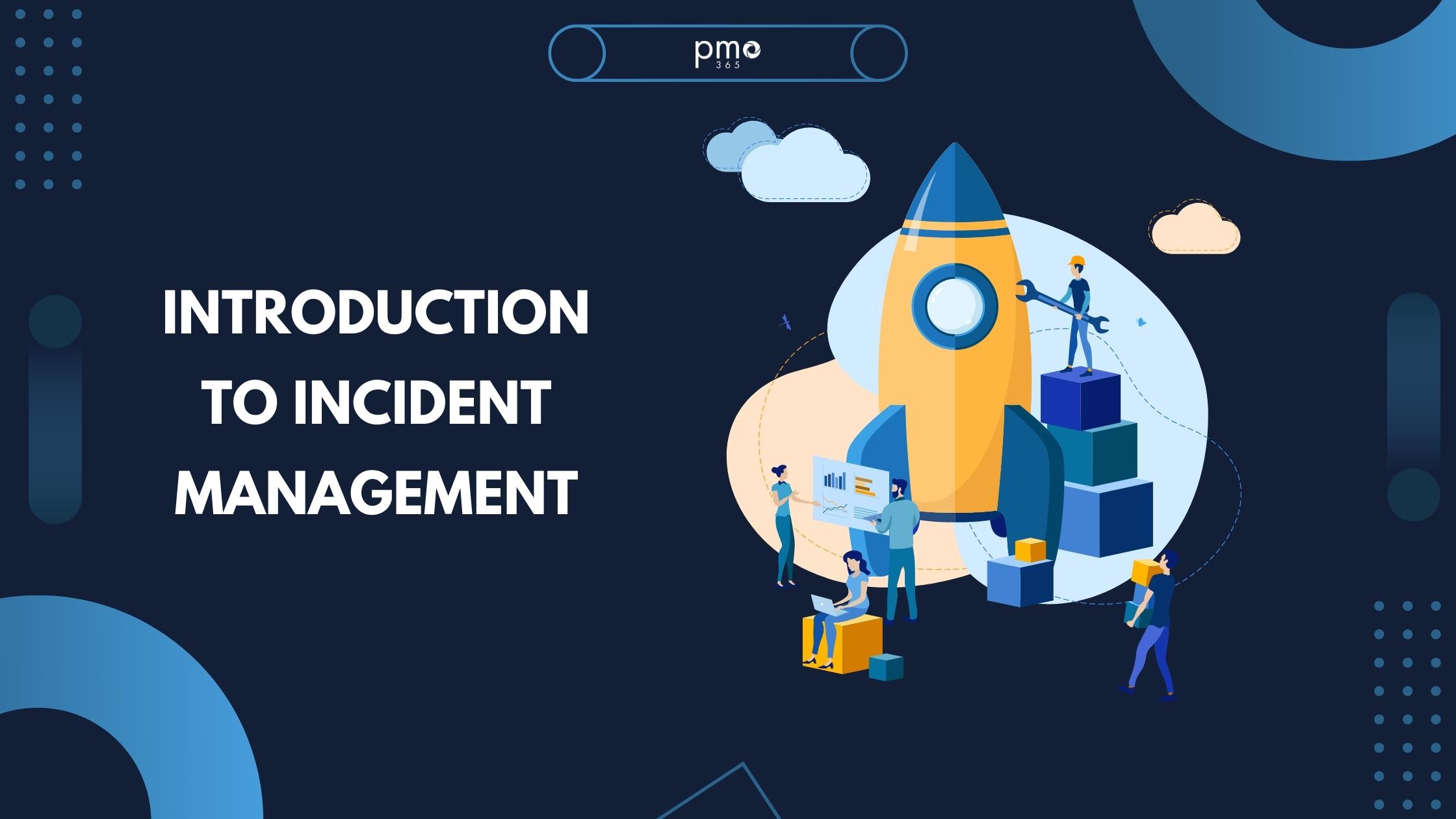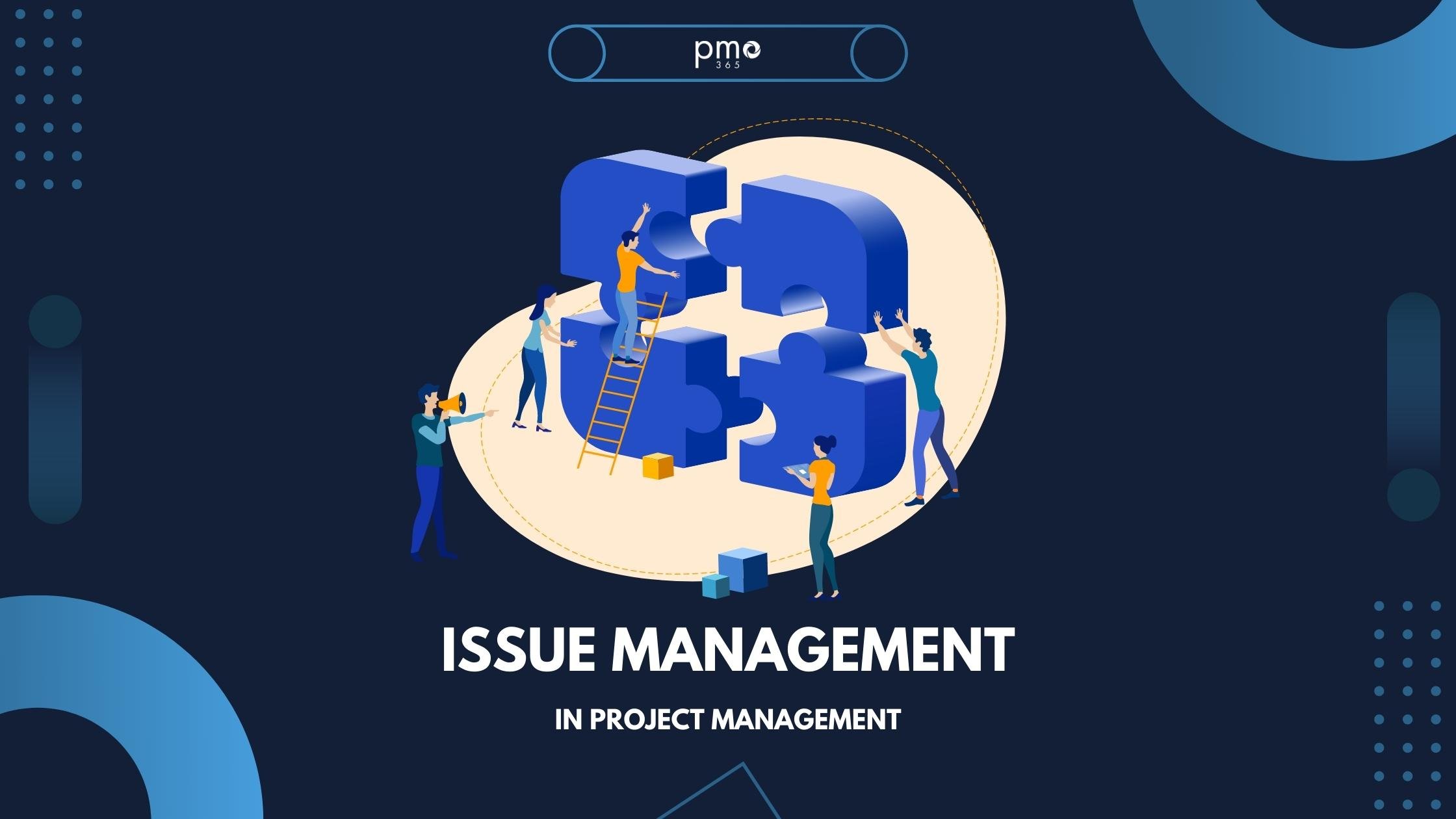The end goal of all projects is generating value. While there are many methods which ensure that our projects generate value, a key method is value engineering. Value engineering was developed decades ago, yet many project managers still are unaware of the concept. In this post, we explore what value engineering in project management is, and why it is valuable for your business.
What is Value Engineering in Project Management?
The Society for Value Engineering defines value engineering as “the application of value methodology to a planned conceptual project or service to achieve value improvement”. It involves a systemic approach to identify and analyse the value of a project. A project manager can determine value based on the project’s ability to improve function or reduce costs.
Project managers can apply this approach by undertaking an in-depth analysis of project systems, equipment, facilities, services, and materials. From this assessment, the PM can identify opportunities for optimisation. Typically, this approach aims to achieve cost savings without sacrificing the quality or functional value of the final project output.
Lawrence Miles developed the concept of value engineering at General Electric in the 1940s. His team used this method to generate the most value they could despite labour and resource shortages. Because of these low supplies, General Electric often had to seek other alternatives that could provide equal or better performance. They developed the concept of ‘value analysis’, which ensured the substitute material would cut costs while delivering the intended value.
Value engineering is a practical methodology that we can adapt and apply to various industries to achieve value optimisation.
What Value Engineering is Not
It is important to remember that value engineering is not:
- A cost-cutting technique
- A quality assurance review
We can’t tap into the full power of value engineering if we reduce it to some of its outcomes. If a project only cuts costs at the expense of its function or value, it is not optimising value. Value engineering allows organisations to accurately understand the value and costs of decisions or processes.
For example, an organisation may want to reduce their production costs by sourcing different material, which happens to be less sustainable. The organisation may notice their customers are more concerned with the sustainability of their products than cost. In that case, even if the changed material doesn’t impact the quality of the product, that change wouldn’t generate value. Therefore, if the organisation attempts to reduce production costs by choosing that material, that is not value engineering.
Through value engineering exercises, an organisation should identify alternatives to their current processes and resources that can generate value while reducing costs. Without this process, the organisation may cut their costs without recognising how those decisions will impact the value of the organisation. Therefore, value engineering allows organisations to tap into alternatives that can support project success.
Project managers can further use value engineering to identify how to optimise quality. Typical quality assurance asks whether the product meets design codes and compliance requirements. Value engineering encourages project managers to consider what other alternatives they can use to achieve the same function, while reducing costs.
The 6 Phases of Value Engineering in Project Management
Project managers generally conduct value engineering in six phases. A value engineering workshops usually take place during the early stages of the project’s lifecycle. How long that workshop takes will vary, depending on the size and complexity of a project.
The six phases include: information gathering, function analysis, creative brainstorming, evaluation, development, and presentation.
Phase 1: Information Gathering
This phase is when the project manager gathers information to better identify, understand, and refine the project’s primary goal. It helps identify the user needs, build team knowledge on the project, and understand the specific functions and requirements of each project item.
Information such as the project scope, budget, schedules, and risks are all collected and further analysed with the intention of finalising the priorities of the project. This information can also assist project managers identify areas for improvement. For engineering and construction projects, this phase can also include site visits and meetings with project teams. These meetings can assist the value engineering team familiarise themselves with all key project components.
Phase 2: Function Analysis
Function analysis helps teams better understand what they need over what they want.
Functions identify how an element or combination of elements will accomplish deliverables within a project. Project managers often describe functions through verb/noun pairing statements, as these can give project managers clarity on the core functions of the project.
We can separate functions into primary and secondary functions. Primary functions represent the core function, and reasons for the project’s existence. Secondary functions are functions which the project manager undertakes beyond the primary function. Through this process, teams can better assess the cost/value relationships between different elements within a project.
Phase 3: Creative Brainstorming
This is the critical phase where teams brainstorm for alternative solutions to achieve the identified functions and value. A project manager may utilise effective brainstorming techniques to encourage team synergy, a state where one idea triggers other ideas. The more open the discussion and the more creative the ideas, the better! The team can formulate proposed solutions based on the verb/noun combinations identified during the function analysis phases. You can think of this phase like task identification in work breakdown exercises.
Through this process, the team generates an extensive list of elements and solution. This brainstorming phase prepares the team for the next stage, where the team evaluates and prioritises ideas to further implement them.
Phase 4: Evaluation
The evaluation stage focuses on creating a shortlist of the ideas. The team should create this list by evaluating the value of each suggested solution and its alternatives. Teams can weigh up options by using a matrix for analysis, based around previously identified goals, priorities and functions. This matrix will allow project managers to easily determine what the best solutions are, and they can shortlist these.
Phase 5: Development
This phase is about turning those shortlisted ideas into viable and actionable plans. This may include:
- A clear description of the recommended solution.
- An evaluation of the advantages and disadvantages of the proposed solution.
- Cost comparisons, and
- Life cycle cost calculations.
Phase 6: Presentation
The final product of the value engineering exercise is a formal presentation. This presentation should clearly outlines the team’s recommendations. The team presents their findings to key project decision-makers, convincing them the suggested ideas are worth implementing. Value engineering exercises can be valuable opportunities for project participants to view projects from a new perspective.
Benefits of Value Engineering
Now that we know how value engineering works, let’s talk more about its unique benefits.
Reduces Costs
Project managers often mistakenly view value engineering as a cost-cutting strategy because it achieves cost reduction. Most importantly, it does so without sacrificing the quality, function, or value of the project or product itself. From reducing inputs costs and using alternative methods, value engineering provides opportunities for cost reduction in projects and the entire enterprise.
Optimises processes
Value engineering critically identifies opportunities for improvement within project processes, not just materials and facilities. For example, poor project governance structures or excessive documentation can often slow down teams and incur unnecessary costs. Value engineering is an opportunity to re-evaluate such processes to optimise them for value generation.
Enables better prioritisation
Value engineering exercises ensure the team are addressing the right things by clarifying project objectives, goals and primary functions. Then, they are not only addressing what they think might be the pressing issues. By removing ‘gut feelings’, teams can view the project objectively and can make better decisions when prioritising solutions and implementing changes.
Enhances creativity
One of the most critical benefits of value engineering is that it encourages teams to think out of the box. Without project managers prompting teams to think creatively, teams can easily fall into a routine or ‘group think’. By creating a set space for creative brainstorming, teams can identify new opportunities that can help not only in their specific project context but other projects across the entire organisation.
Get the most value out of your projects today
Value engineering is one of the critical tools that help you get the most value out of your projects but it is not the only one. There is a whole toolbox of techniques and practices you can tap into, one of them being benefits management. Make sure to read more about benefits management and the common mistakes made in benefits management to watch out for.













